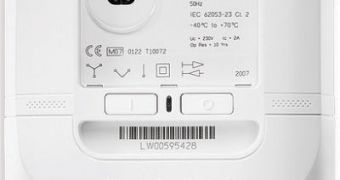The United Kingdom is among the countries that have taken real steps towards fighting climate change and global warming. For instance, the government has proposed that all homes be equipped with smart energy meters by no later than 2020. Now, a new report suggests that authorities should require power companies to install visual displays next to the meters by law, the BBC News reports. The Energy Saving Trust paper reveals that the efficiency of the meters may decrease without the monitors.
The displays could be, in fact, the most important part of the entire system, the paper shows. It is widely known that, as long as people do not know how much they are consuming, they will continue to use electricity, among other things, plentifully. The report shows that, if individuals can constantly see their consumption levels, then they will be much more likely to reduce these levels. “Live monitoring” are the key words, the EST experts note.
“With a display, you have it in your house. It moves and it can catch your eye and it is very little hassle for you to check how you are doing. It gives a much greater certainty that people will receive this feedback. Other alternatives, such as online services and mobile phone technology, don't give that immediate feedback that people need to inform their behavioral choices. I think having good, well designed displays accompanying smart meters is key to the objective of saving energy, saving carbon, saving money for householders,” Ben Castle, the EST energy efficiency strategy manager, says.
“In the government's recent smart meter consultation we stated our view that a stand-alone real-time display should be provided with a smart meter to empower all consumers to monitor their own energy use and make reductions in energy consumption and carbon emissions as a result. We will say more on this in the autumn when we publish our response to the consultation,” a UK Department of Energy and Climate Change spokesperson adds in reaction to the report.
In spite of the fact that the report focuses mostly on electricity, its conclusions could also be used on gas or dual-fuel display monitors as well. According to existing plans, electricity- and gas-consumption levels in 26 million homes will be monitored by 2020.

 14 DAY TRIAL //
14 DAY TRIAL //